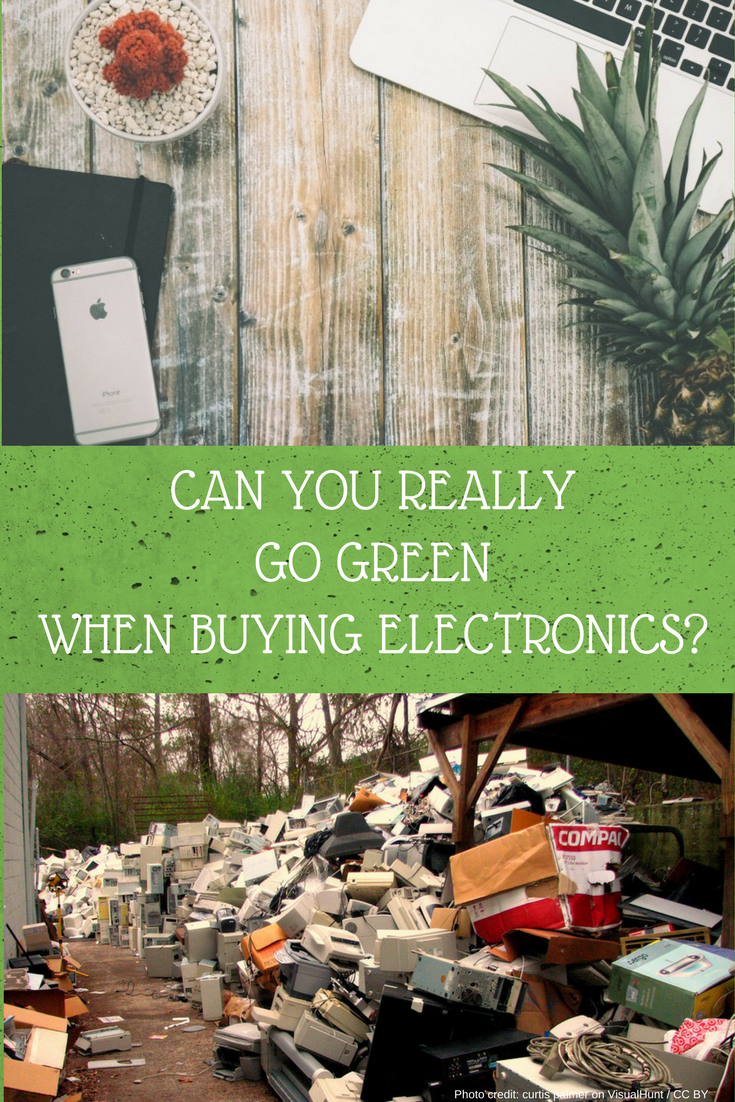Can you really go green when buying new electronics?
/Guest post by Zack Gallinger/Revolution
I’m going to level with you. If you’re buying brand new electronics, which is a necessity in our day and age, it’s almost impossible to really go green.
photo on Visual Hunt
Electronics are complicated items, containing thousands of different components constructed of hundreds of different elements. They are literally the most complicated stuff we know how to build and are also inherently difficult to recycle. So how can we do our best to keep it green? How can we minimize our impact and be good stewards of this Earth while still having the newest, fastest, highest resolution and most powerful handheld device ever conceived?
For starters, the best way to go green when buying new electronics has nothing to do with your new electronics. The key is giving some consideration to where your old electronics are going.
Unbeknownst to most people, electronic waste is the fastest growing, most toxic and valuable waste stream on the planet. Pound for pound, it contains hundreds or even thousands of times the commodity value compared to mined ore, all recovered for a fraction of cost. Electronic waste contains a ton of toxic, cancer-causing pollutants alongside a plethora of precious and semi-precious metals with some serious value. These are all things we don’t want to simply toss in the landfill. So, what should you do with your old, unwanted electronic gadgetry?
There are really only two options.
Photo credit: curtis palmer on VisualHunt / CC BY
Your first consideration should always be reuse. If you’re the type of person who stays right up to date with the newest tech, we can assume that some of your past products may still be in great condition.
Reuse is the ultimate form of recycling for many reasons, the most important of which is that you have the opportunity to reintroduce the product into the marketplace while avoiding the incredibly expensive manufacturing cycle, which accounts for 80% of the energy required during an average electronic device’s lifecycle. You can extend this lifecycle indefinitely, making reuse exponentially more efficient than recycling, or reproducing.
The three easiest ways to have your unwanted gear reused is to sell it, gift it to someone you know, or drop it at a thrift store. Chances are that it’ll find a good second and maybe even a third home before it hits the scrap pile.
The second option is recycling, where the item is sent for treatment, which I assume is a terrifying term for a defunct electronic device. In treatment, the electronic device is processed to remove toxic pollutants and liberate reusable commodities.
Photo credit: mag3737 via Visualhunt.com / CC BY-NC-SA
Most states and provinces now have laws and networks in place, making sure electronic waste goes to local, certified recyclers, and not overseas. The best way to tap into this network is to do an online search for a certified local collection point, and then simply drop your stuff off.
Next time you unbox the latest and greatest, give your old gear a second look and make sure it gets where it needs to go. The recycling symbol is circular for a reason. Keep it in the loop and keep it green.
Revolution is a Canadian company that specializes in the reuse and recycling of e-waste and offers a free pickup service for old electronics. They also provide data destruction and IT lifecycle management (ITAD) services.








































